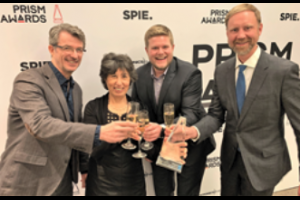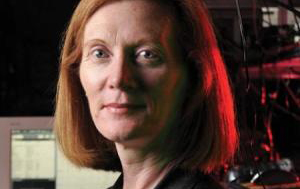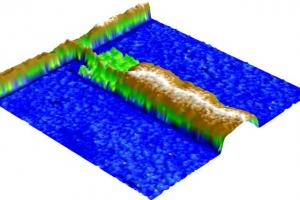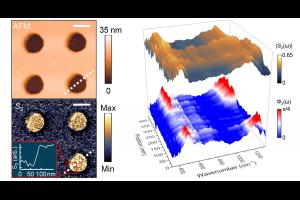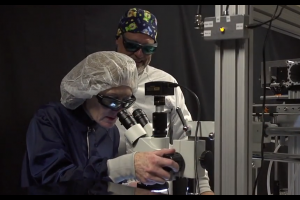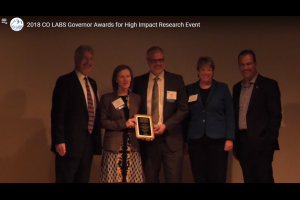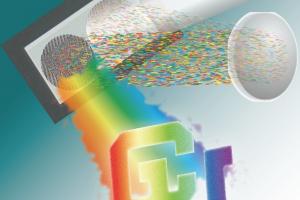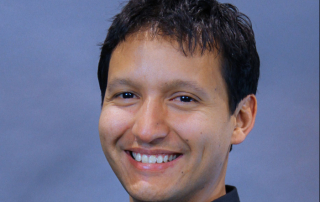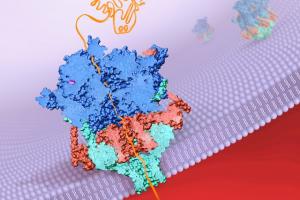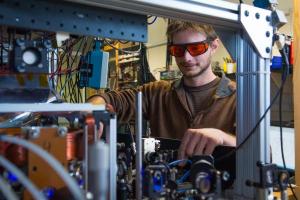Double Helix Optics Wins Prestigious SPIE’s 2019 Prism Award
Double Helix Optics was just declared the winner of SPIE’s 2019 Prism Award in the Diagnostics and Therapeutics category. SPIE, the international society for optics and photonics, presents this prestigious award to exceptionally innovative organizations for the best new optics and photonics products brought to the market. Double Helix Optics’ award-winning SPINDLE® module and patented Light Engineering™ point spread function (PSF) technology deliver unparalleled 3D imaging and tracking with precision-depth capability.
